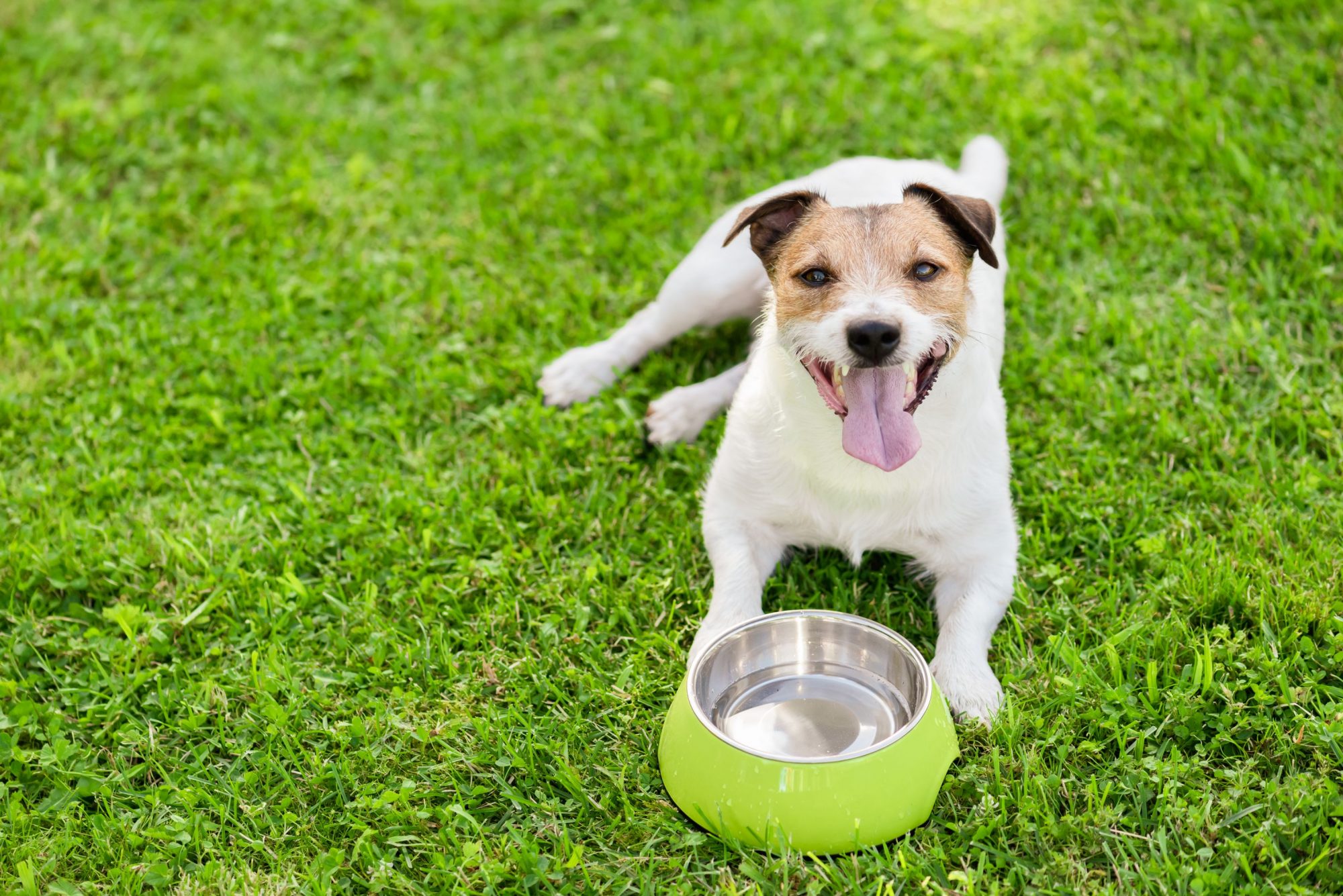Toasty Times: What to Know About Heat Exhaustion in Pets

When meteorologists talk about what the weather “feels like” in Florida, they’re combining the temperature with relative humidity. A typical summer day here measures in at, say, 85 degrees. But with a relative humidity of approximately 75%, you should use extreme caution to prevent heat-related illness. Heat exhaustion in pets is a real threat to health and wellness, but certain summer strategies can help prevent serious problems.
Time to Sweat
Dogs pant in response to rising temperatures or exertion. They also sweat through their paw pads, like cats. Either way, these adaptations don’t have enough power to stop or reverse the negative effects of high heat. Without breaks from the heat, rapid panting could occur and pets may start to drool, pacing in a restless manner, or acting agitated. Other symptoms of heat exhaustion include:
- Bright red gums
- Rapid heart rate
- Body temperature above 103.5 (always have a rectal thermometer handy!)
Left alone, heat exhaustion can trigger dangerous symptoms of heat stroke such as vomiting, diarrhea, collapse, and seizures. If the gums turn from bright red to blue or purple, it is imperative to get immediate veterinary help.
One Size Does Not Fit All
All pets are at risk of developing heat exhaustion symptoms, but some animals may be more sensitive to the sun’s effects, such as:
- Brachycephalic breeds
- Senior pets
- Young pets
- Pets with health conditions
- Pets that over-exert themselves in the hottest hours of the day
- Overweight or obese pets
Heat exhaustion in pets can quickly turn into full-blown heat stroke. To reduce some of the earliest symptoms, apply lukewarm (not frozen ice packs) compresses to your pet’s body to bring down their temperature. Encourage them to drink water, rest with them in the AC or full shade with ventilation, and if you see few signs of improvement, contact us for help.
Treatment of Heat Exhaustion in Pets
Cooling your pet down too fast with cold or frozen ice packs can lead to shock. If few improvements occur, it’s time to transport your pet to our hospital for treatment. Intravenous fluids are typically successful, but blood and oxygen tests can reveal if any damage has occured to the internal organs. Severe cases may require hospitalization for a week or more.
Preventing Long-Term Health Problems
If it’s too hot for you to be outside, it’s definitely too hot for your pet to safely enjoy the conditions. Opt for exercise during the early morning hours or after sunset to promote your pet’s day-to-day wellness. In addition to heat exhaustion, pets can suffer painful lacerations or blisters to their paw pads from walking/running on sizzling pavement, rock, or asphalt.
Be sure that your pet has a plethora of water bowls to choose from and refill them all throughout the day. Drop ice cubes in their bowls to make the water more palatable, and offer frozen treats to keep them comfortable and satisfied. A cooling kiddie pool can successfully mitigate the effects of the heat.
If you have additional questions about heat exhaustion in pets, please don’t hesitate to reach out to us at (813) 723-7297. Our team at Caring Paws Animal Hospital is always here for you.

